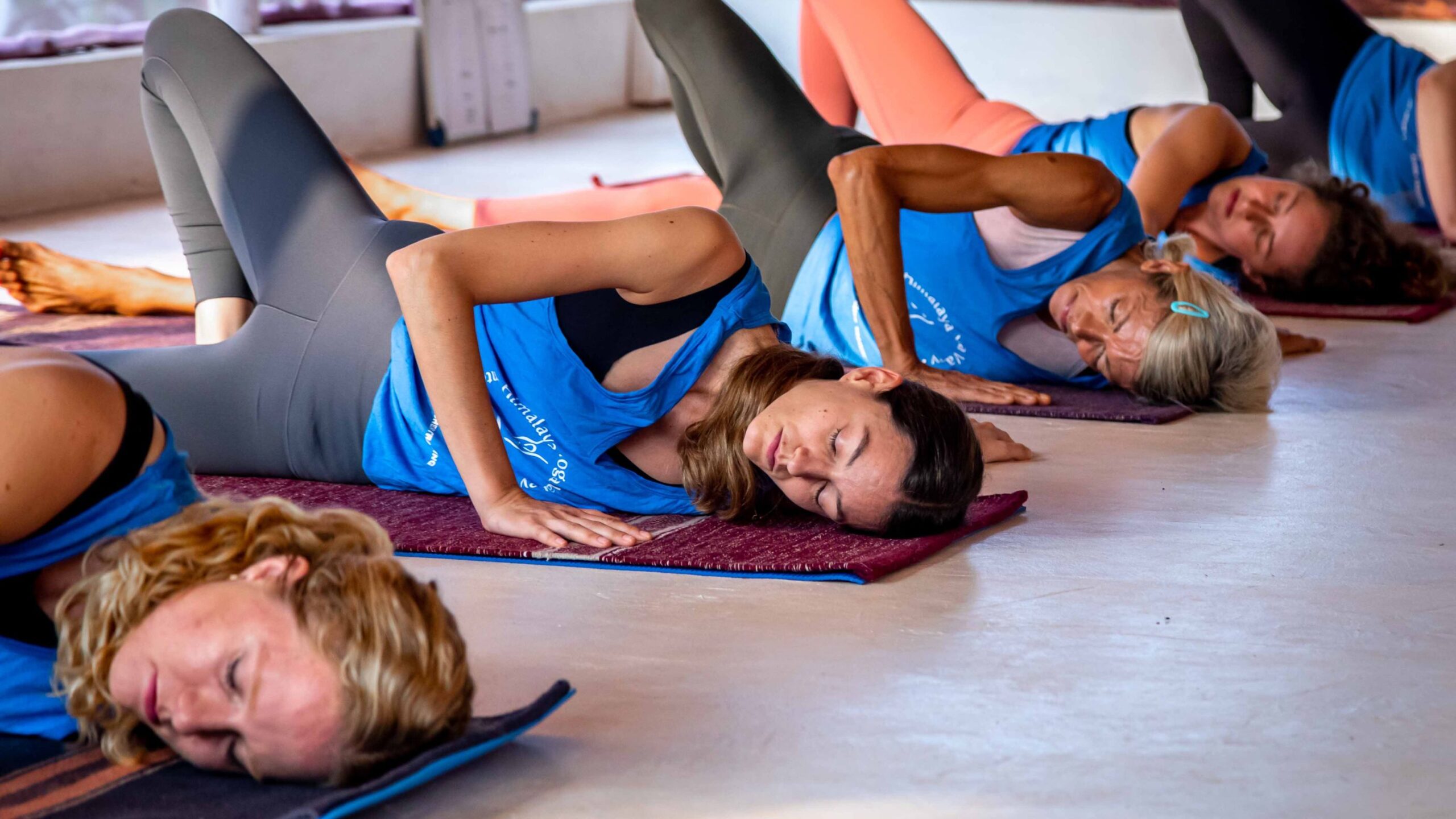
Hitting search for “Best 300 Hour Yoga Teacher Training India” can feel like opening Pandora’s box. Dozens of glossy websites, each promising life-changing transformation, ancient wisdom, and the perfect path. But let’s be real: the abundance of almost identical promises can be overwhelming.
If you’re reading this, you’ve already completed your 200-hour training, and you’re considering the next step. Your decision is important; your 300-hour yoga teacher training is not just another piece of paper. It changes who you are as a teacher, a practitioner, and a professional on a deeper level.
If you do it well, you’ll get advanced abilities, credibility, and a strong base from which to build. If you get it wrong, you can have uncertainties, holes in your training, and a lingering sense of “what if.”
The good news? If you’re worried about making the right choice, you’re already on the right track. That care and discernment is the mark of an ethical teacher who wants to bring the best to their students.
So, how do you cut through the hype and choose the right 300 hour yoga training for you? Here’s a checklist to guide you.
1. Forget the Myth of the “Best” Training
Here’s the liberating truth: there’s no single “best 300 hour yoga teacher training in the world.”
Why? The ideal training is the one that fits with your goals, how you learn, and what you believe in. What feels like the perfect training for one teacher may not suit another. Your friend might thrive in a strict Ashtanga setting; you might feel alive in a multi-style course with space for creativity and philosophy.
The key is to stop outsourcing the definition of “best” to Google or marketing slogans, and instead get clear on your own vision. What do you want to deepen—advanced asana, philosophy, teaching methodology, Ayurveda, trauma-informed yoga? Once you know your drivers, you can evaluate schools based on alignment rather than hype.
2. Accreditation Matters: Look for Yoga Alliance Recognition
A certificate alone doesn’t make you a great teacher, but having a good reputation helps. A Yoga Alliance–registered program ensures your 300HR TTC meets global standards. Completing both your 200HR and 300HR trainings qualifies you as an RYT-500, the gold standard for advanced teachers.
This matters if you plan to teach internationally, run workshops, or work with studios and retreat centres that require accredited qualifications. When researching schools, confirm that their 300 hour yoga teacher training India or abroad is Yoga Alliance–approved and ask how they maintain quality and compliance.
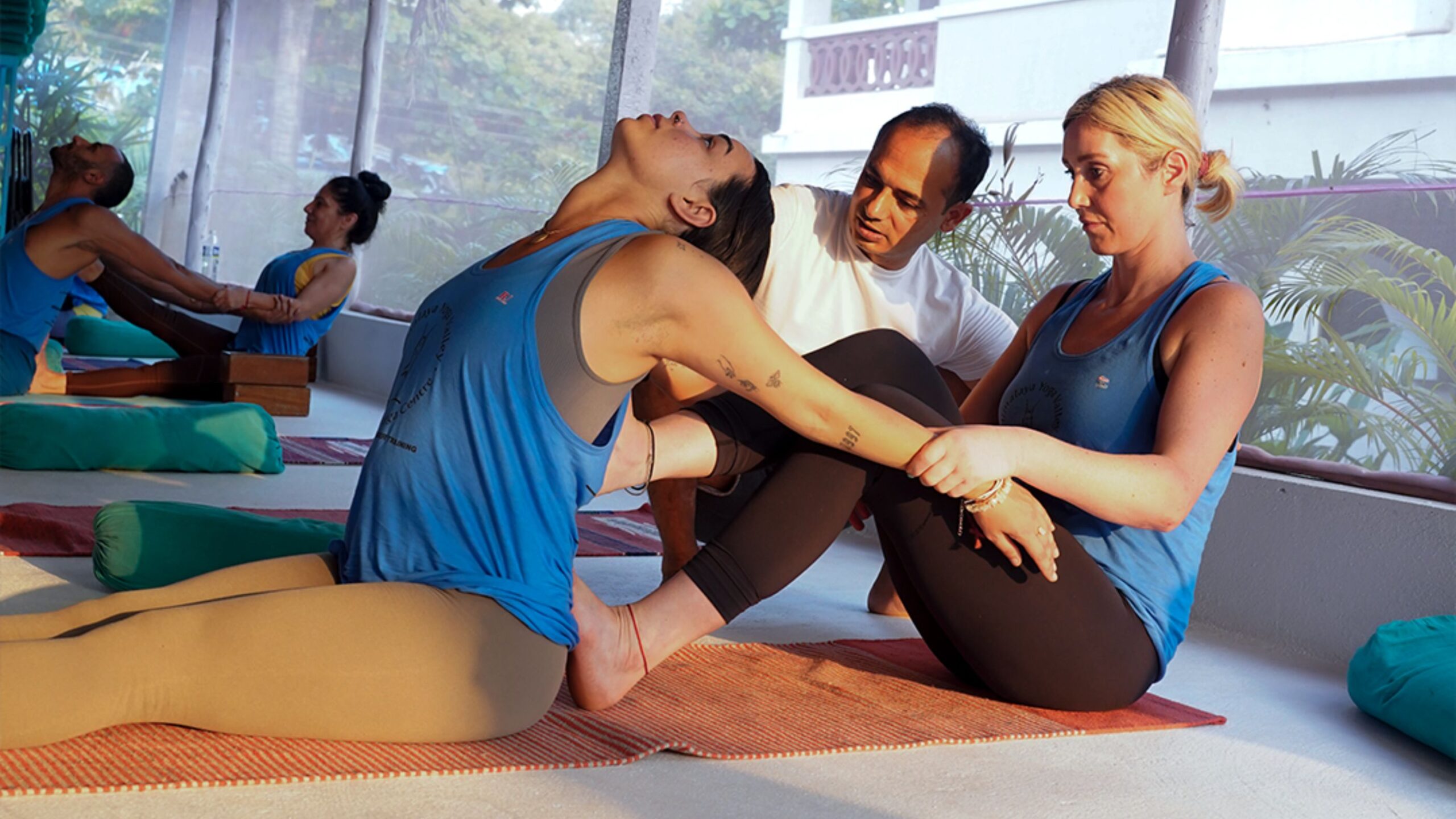
3. Faculty Experience: The People Shape Your Journey
You’re not just signing up for a syllabus—you’re choosing mentors.
The quality of the teachers can make or break your training. Experienced faculty not only share knowledge but also embody the values and discipline of yoga in daily life. Look for:
- Depth of Experience: Teachers with years of practice and teaching, not just certifications.
- Different Areas of Expertise: The faculty includes experts in philosophy, anatomy, Ayurveda, sequencing, and meditation, so you get a well-rounded education.
- Accessibility: Will you have personal contact with trainers, mentorship opportunities, and feedback? Or are they just names on a brochure?
At Himalaya Yoga Valley, all of the teachers you see advertised are the very same teachers you will learn from on the training. We have a dedicated team of nine specialists, each bringing deep expertise in their field—our lead asana teacher focuses on alignment and adjustment, while other faculty cover philosophy, anatomy, Ayurveda, meditation, pranayama, chanting, and even the business of yoga.
This diversity ensures you learn from true experts rather than generalists, giving you a richer, more well-rounded education. Knowing that the teachers who inspire you online are the same ones who will guide you in person builds trust and confidence in your training choice.
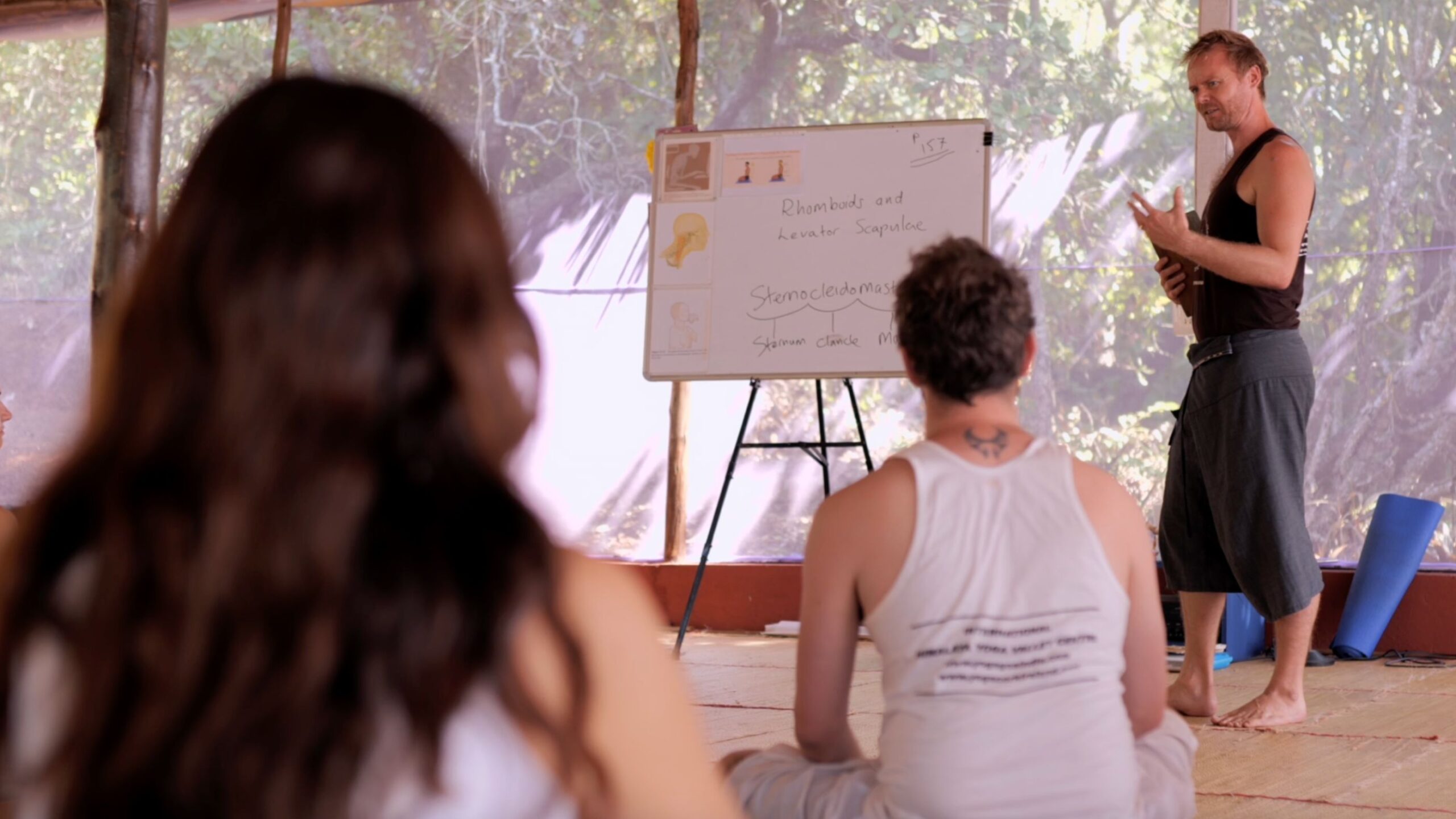
4. Curriculum Depth: Beyond the Basics
Your 200HR gave you the foundations—alignment, sequencing, philosophy basics. A 300HR should expand your depth and refine your voice as a teacher.
A strong 300 hour yoga training typically includes:
- Advanced asana practice & sequencing techniques.
- More in-depth study of the philosophy behind yoga (the Upanishads, the Bhagavad Gita, and the Yoga Sutras).
- Anatomy and physiology applied to complex poses and student needs.
- Ayurveda modules to integrate lifestyle, health, and yoga.
- Trauma-informed teaching and accessibility.
- Business of yoga—how to build a sustainable career.
Ask to see the full curriculum. The right school will share it openly and explain how each module supports your growth.
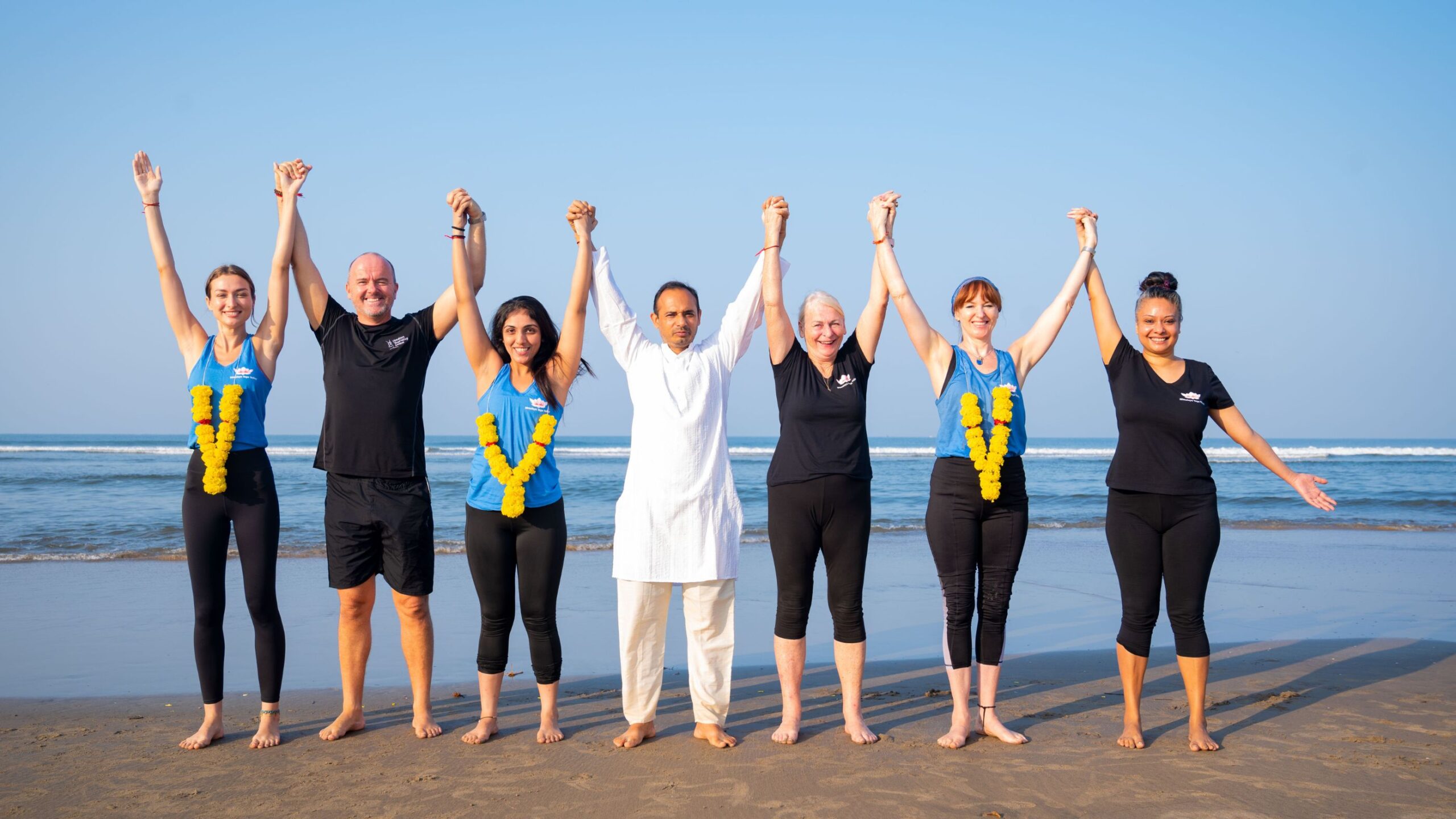
5. Alumni Support: What Happens After Graduation
Here’s where many schools fall short.
Some programs end on graduation day with a certificate and a photo. But real growth happens after you return home. Look for schools that provide:
- Post-graduate mentoring or coaching.
- Workshops on business development, include marketing, creating a customer base, and teaching online.
- An active alumni community where you can connect with others, ask questions, and share job openings.
A 300HR programme should help you go on to the next stage of your life, not leave you alone at the edge of a precipice.
6. Beware of Red Flags
Not all that glitters is gold. Watch out for:
- Schools claiming to be “the best for everyone.” A good school admits they’re not the right fit for all students.
- Programs prioritising enrolment numbers over compatibility. Do they accept everyone, or do they ensure you’re a good fit?
- Marketing that makes training sound like a month-long vacation of happiness without mentioning the hard work, sweat, and discipline that goes with it.
Keep in mind that an excellent 300-hour yoga teacher training in India will change your life, but it will also be demanding. It should push you, stretch you, and get you ready for the reality of teaching yoga at a high level.
7. Compatibility Is Key
This is the heart of choosing a school: alignment.
Ask yourself:
- Do the school’s goals align with mine?
- Do I feel drawn to the teaching style—multi-style, traditional, or specialised?
- Does the program create space for both personal growth and professional skill-building?
For example, some teachers may want deep immersion in pranayama and meditation, while others want advanced asana and sequencing. Neither is wrong—it’s about matching your needs with the school’s strengths.
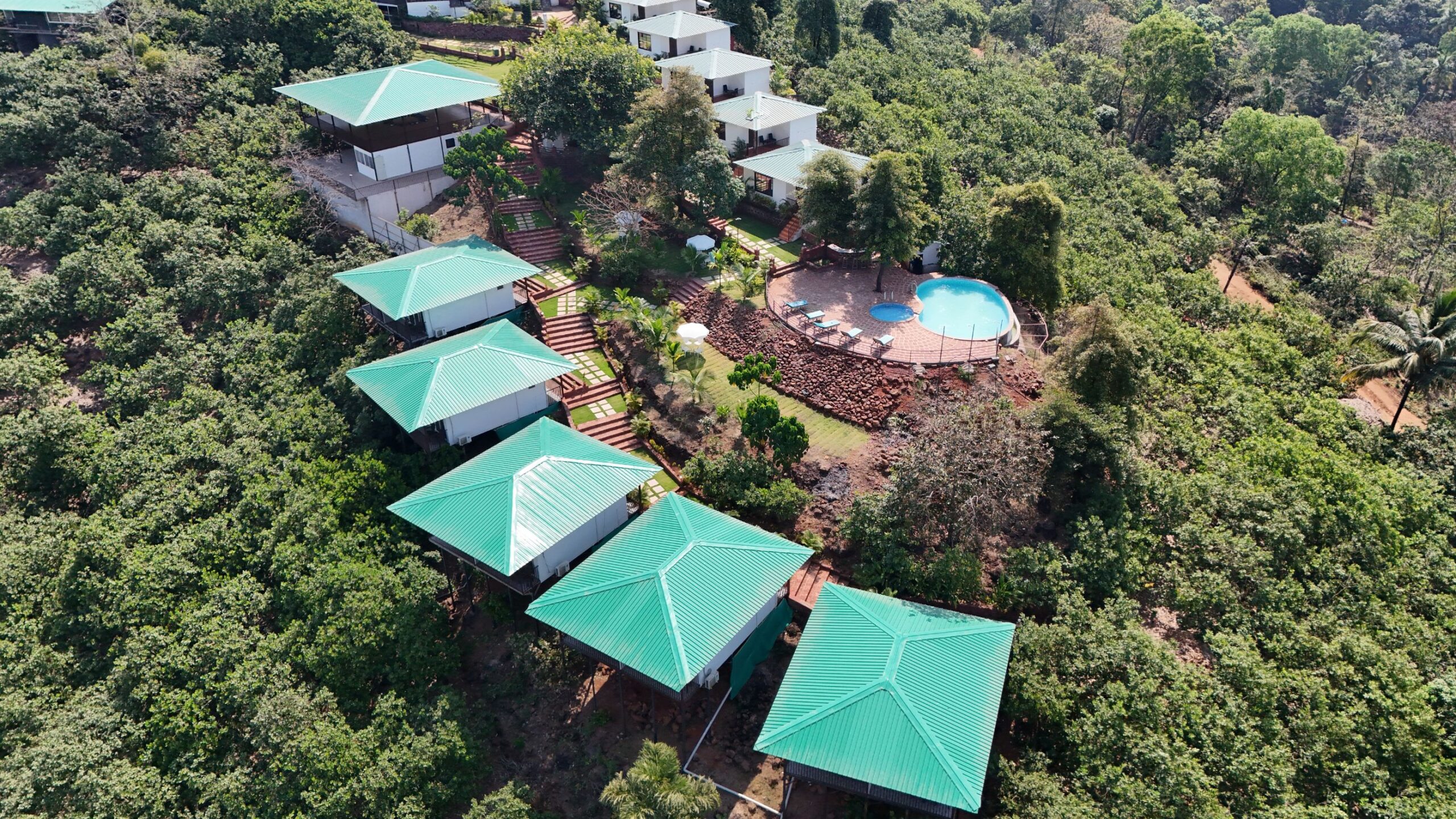
Final Thoughts: Your 300-Hour Path
Choosing the right 300 hour yoga teacher training school isn’t about finding the “best” program. It’s all about finding the programme that fits your ambitions, your progress, and your path as a teacher.
Look for accreditation, experienced teachers, programme depth, alumni support, and above all—compatibility. The correct training will not only provide you a certificate, but it will also help you become a confident, inspired, and advanced yoga instructor.
At Himalaya Yoga Valley in Goa, India, thousands of teachers have found exactly that balance: tradition rooted in Indian lineage, combined with practical tools for modern yoga careers. Their 300HR Yoga Alliance TTC is designed to take teachers beyond the basics and into mastery—through advanced practice, philosophy, Ayurveda, and mentorship.
The best 300 hour yoga teacher training for you? It’s the one that aligns with your vision, challenges you to grow, and supports you long after graduation.


